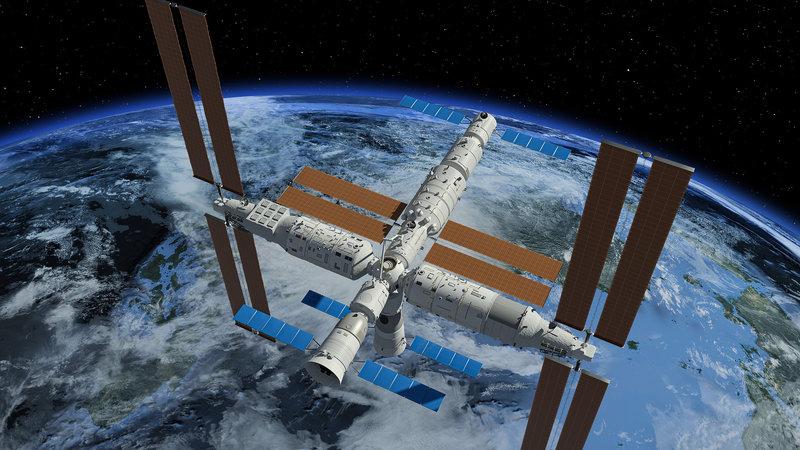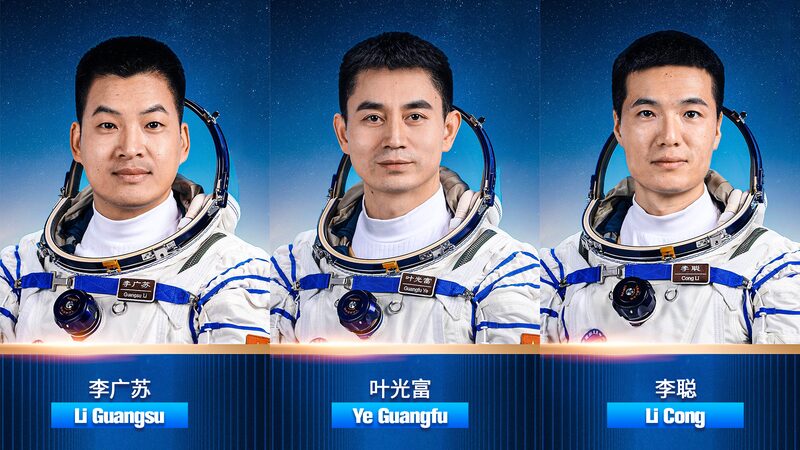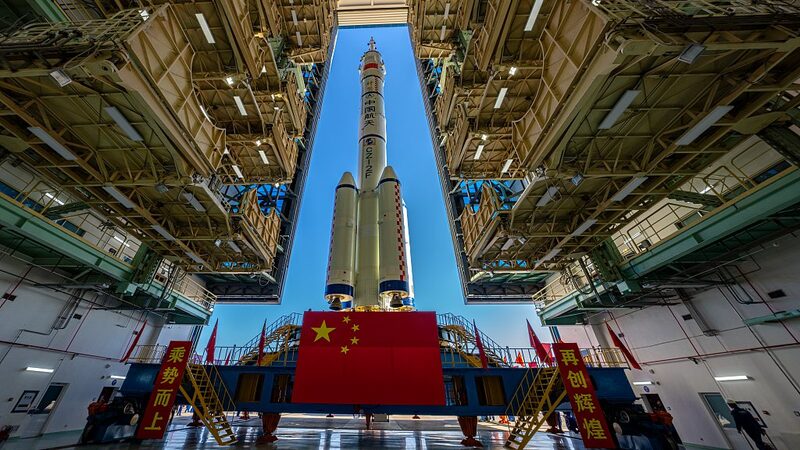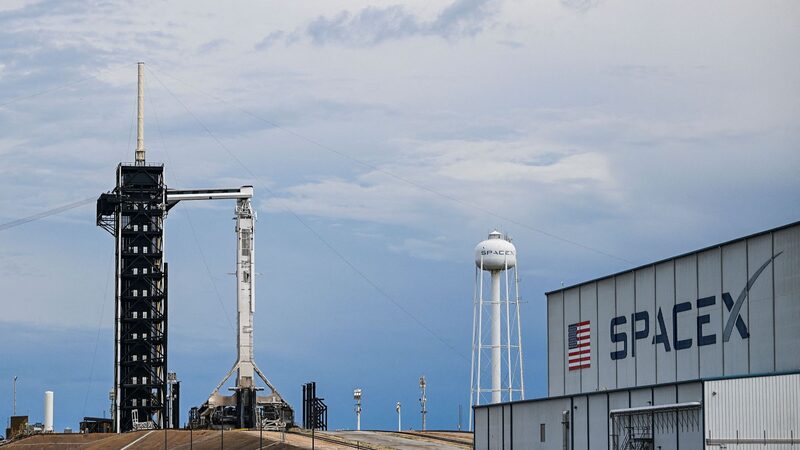As the world commemorates the International Day of Human Space Flight, all eyes turn to China's accelerating cosmic ambitions. From launching its first taikonaut in 2003 to constructing a permanent space station, the nation's celestial journey mirrors its terrestrial rise as a global power.
From Earthbound to Stellar
China's space odyssey began in earnest with Yang Liwei's 2003 Shenzhou-5 mission – a 21-hour flight that shattered technological barriers and ignited national pride. This watershed moment built upon decades of research, culminating in the Tianhe space station core module launch in 2021 and subsequent crew rotations.
2025: A New Chapter
Chinese space officials recently outlined bold objectives for 2025, including expanded international scientific collaboration and preparations for crewed lunar exploration. \"Our Tiangong station will evolve into an open platform for global space research,\" stated a China Manned Space Agency representative during recent mission briefings.
Science and Commerce in Harmony
Beyond national prestige, China's space program increasingly addresses practical challenges through Earth observation satellites monitoring climate patterns and experimental zero-gravity manufacturing modules.
The Next Frontier
While technical hurdles remain, China's systematic approach – combining long-term planning with incremental breakthroughs – positions it as a key player in humanity's cosmic future, particularly as lunar exploration timelines accelerate.
Reference(s):
International Day of Human Space Flight: Status check on China in 2025
cgtn.com








